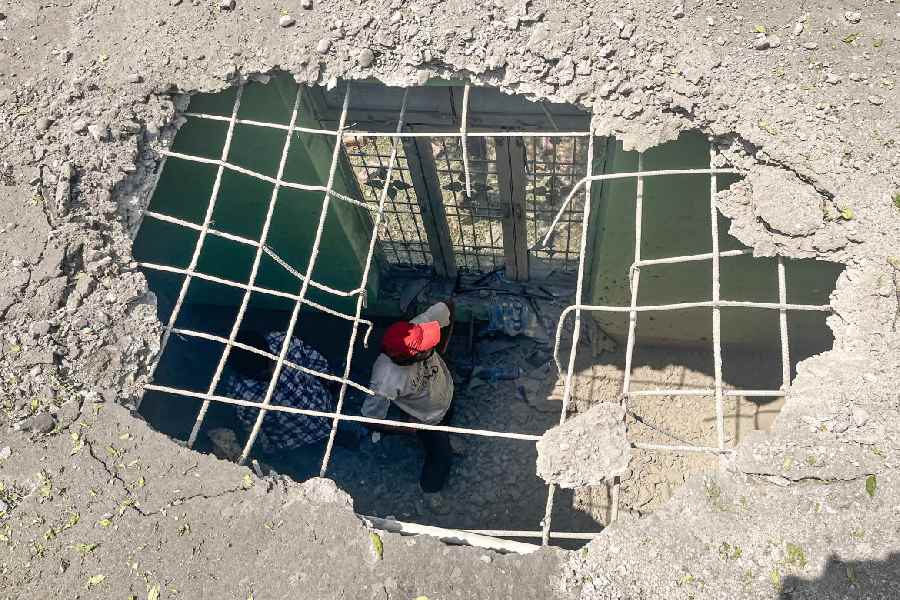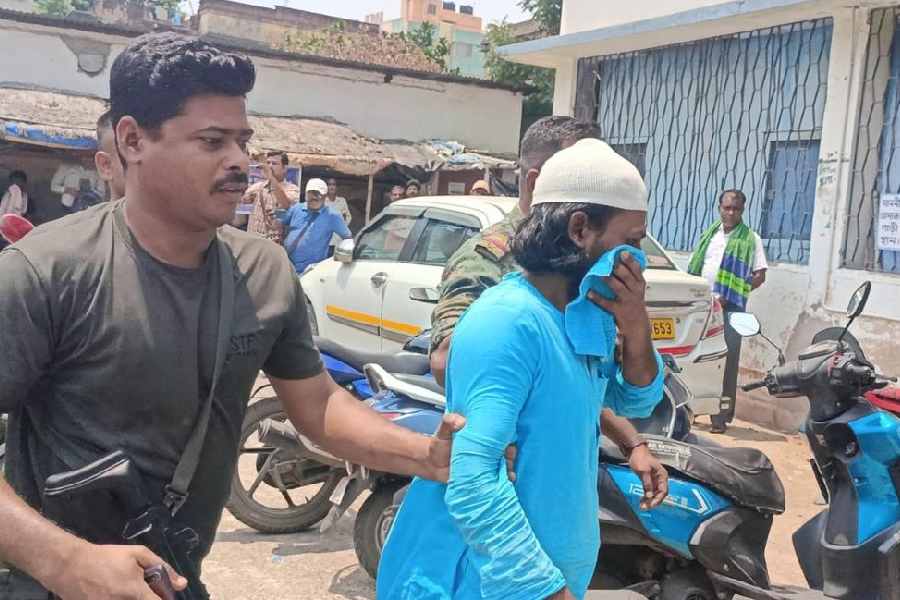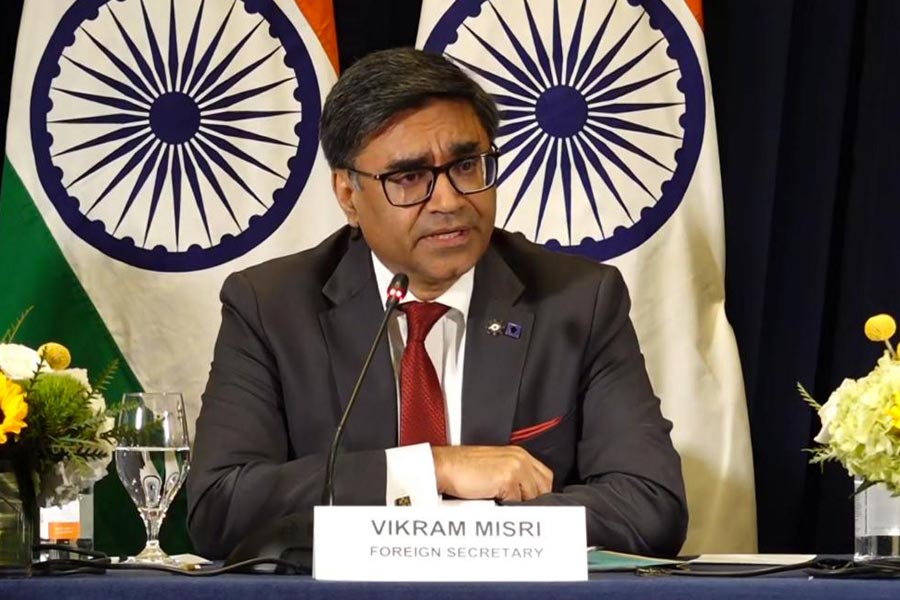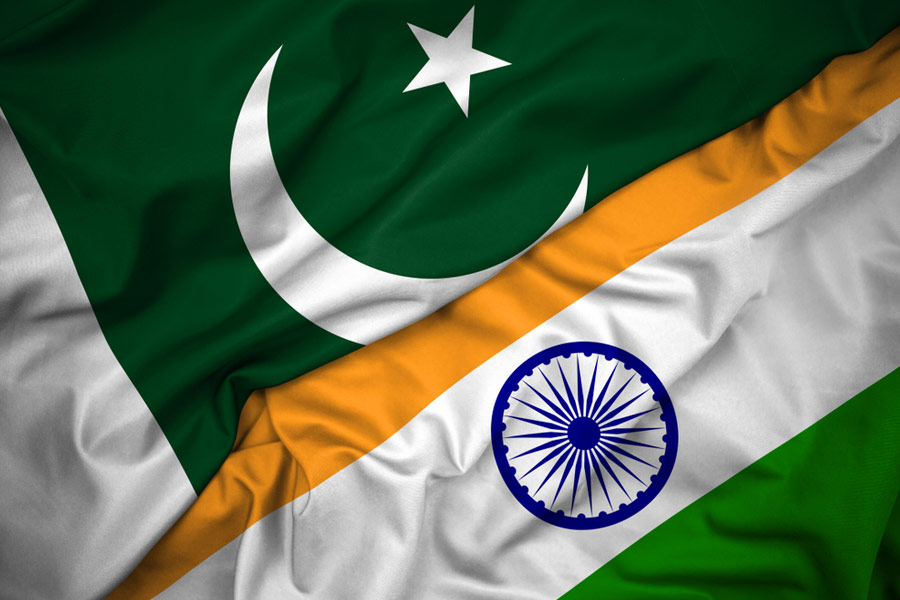|
|
Derozio, poet of India: The definitive edition Edited by Rosinka Chaudhuri, Oxford, Rs 795
On rare occasions, the appreciation of a genuinely good work of scholarship is marred by the title of the work. This book is a case in point. What is meant by “The Definitive Edition”? It suggests, at first glance, a closure. Rosinka Chaudhuri is too good a student of literature not to know this, so she actually writes a longish paragraph protecting herself from this very charge. If a title needs such an elaborate justification, why use it at all? I suspect that the offending phrase is a publisher’s gimmick, which a scholar like Chaudhuri should have resisted.
One of the purposes behind this volume is to correct a bias. Scholarly attention on the life and works of Henry Louis Vivian Derozio (1809-1831) has largely focussed on his ideas and the impact these had on some students of Hindu College. The radical impact of his ideas is often seen as the morning star of the Bengal Renaissance. An early eulogy to Young Bengal — this was the name by which the movement Derozio started came to be known — described the Derozians as the summit of Kanchenjunga, the first to catch the sun’s rays. But the bulk of Derozio’s output was in the realm of poetry. This has been a relatively neglected area. Chaudhuri, very rightly, wants to correct this bias by bringing together all of Derozio’s writings. She places them in their proper context and makes an evaluation of their historical significance.
Chaudhuri’s reading of Derozio’s verse is informed by a knowledge of history. But what is admirable here is that she has the “nose” (for the lack of a more apt word!) of a historian. She is eager to trace sources, to look up obscure references and to make linkages. This makes her introduction a real treasure trove for anyone interested in the history of 19th-century Bengal. Her footnotes are always illuminating. For example, to a very well-known incident — David Hare’s funeral — she adds what the obituary of Hare in the Friend of India wrote about Hare’s “inveterate hostility to the Gospel” and the “unhappy effect” this had “on the minds of Native youths”. (A small quibble: Hare, if memory serves right, was buried in College Square, which cannot be described as “the square of the Hindu College”. And what is the square of the Hindu College?)
It is a pity that despite Chaudhuri’s researches, the essay on Kant, which earned praise from the principal of Bishop’s College, has not surfaced. She does not include the posthumously published translation from Maupertuis because it contains “no original matter”. A translation, by definition, can have no original matter.
There are two problems with the editorial work Chaudhuri has undertaken. One is that this volume has no index. The other is that this is not the first time an attempt has been made to bring together Derozio’s writings. Songs of the Stormy Petrel: Complete Works of Henry Louis Vivian Derozio, edited by Abirlal Mukhopadhyay et al, comes immediately to mind. Chaudhuri mentions this in her bibliography, but makes no attempt to tell her readers where her work departs from the previous attempt and what she has found and included that her predecessor had not. This would have been of help to readers and to future researchers. There may be good reasons to believe that Songs of the Stormy Petrel had none of the scholarly sophistication that Chaudhuri brings to her work, but that cannot be grounds for dismissing the book.
Chaudhuri writes, “The prose written by Derozio that was published after his death is supposed, by some commentators, to include a prose piece titled ‘On the Influence of Poetry’”. The phrase, “by some commentators”, is delightfully vague, but utterly unhelpful to future researchers. Who are these commentators? What reasons, if any, did they have to assume that this was written by Derozio? There surely was a scope to have a section entitled “Works ascribed to Derozio but authorship uncertain” where Chaudhuri could have told her readers the pro and contra arguments regarding authorship.
Chaudhuri situates Derozio firmly as a nationalist poet. It is also clear from her presentation, and from some of Derozio’s poems, that he saw himself as one. But she makes no evaluation of Derozio as a poet. Was he a good one or a bad one? In fact, to call him a nationalist poet somewhat pre-empts judgment on this score. I must confess that I do find some of Derozio’s poems, nationalist or not, to be excessively sentimental and juvenile. The latter quality may be pardonable since he died when he was only twenty two.
We know from Sumit Sarkar’s celebrated essay, “The Complexities of Young Bengal”, that the legacy of Derozio, the man of ideas, was profoundly ambiguous, and that these ambiguities surfaced within a few years of Derozio’s death. Was the legacy of Derozio, the poet, equally ambiguous or thin?
These criticisms should not take away from the value of Chaudhuri’s work, its erudition and its insights. It will stand the test of time.
I began with a publisher’s gimmick. I will end with one. The book carries an endorsement (should one say the definitive endorsement?) by Partha Chatterjee of Columbia University. It is significant that for OUP’s marketing purposes, Chatterjee’s well-known and thirty-year-long association with the Centre for Studies in Social Sciences, Calcutta, can be brushed aside.











